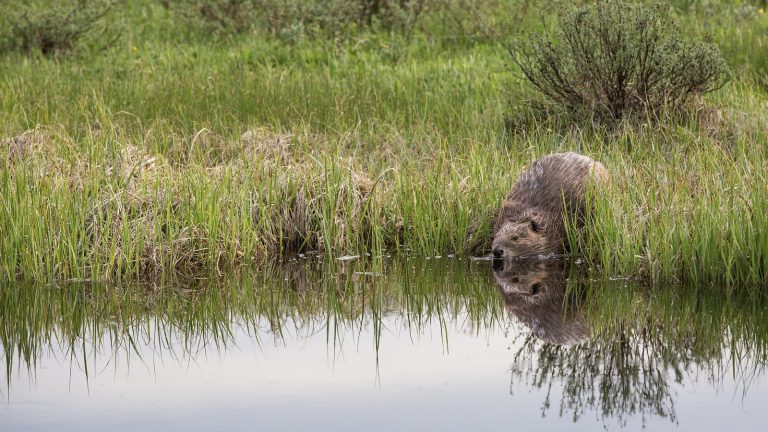Forest fires can sweep away dry vegetation and trees, leaving a desolate landscape.
Fairfax: “Everything around you was scorched… It was really quiet in the forest. … All the animals were gone. All the birds were gone.
Emily Fairfax is a geographer at the University of Minnesota who studies how beavers — yes, beavers — can help reduce damage from wildfires.
By building dams and digging channels, beavers create wetlands that support moist vegetation.
This water prevents the land from drying out during droughts and suppresses any wildfires that try to burn out.
Fairfax: “Beaver wetlands come into view and it's a completely different situation. It's suddenly very loud. You can hear the birds chirping, you can hear the amphibians chirping, you can hear the fish jumping and the water splashing. The sounds, you can hear the beavers cooing and chatting to each other. Everything is green, everything is lush.
Fairfax said beaver populations have declined significantly across much of North America.
But some wildlife officials in states like California are now reintroducing beavers to make the land more resilient, especially as climate change increases extreme fire risks.
Fairfax: “If we can work with natural processes and animals like beavers, we have a better chance of actually protecting these landscapes that we care about.”
Report source: Ethan Freedman / ChavoBart Digital Media
We help millions of people understand climate change and what to do about it. Help us reach more people like you.
